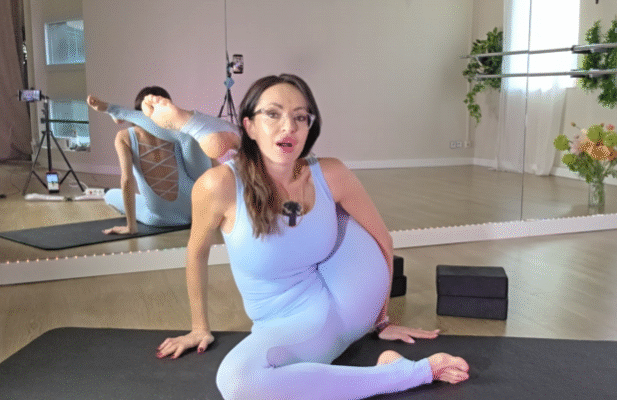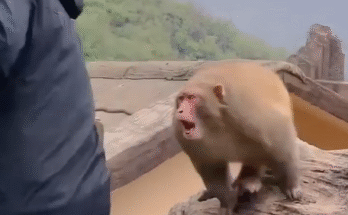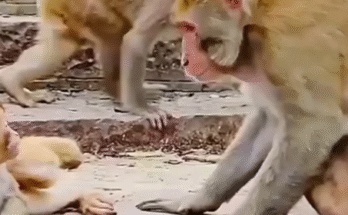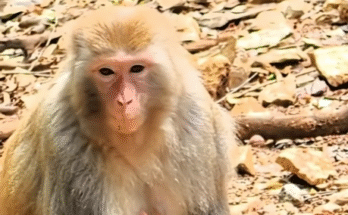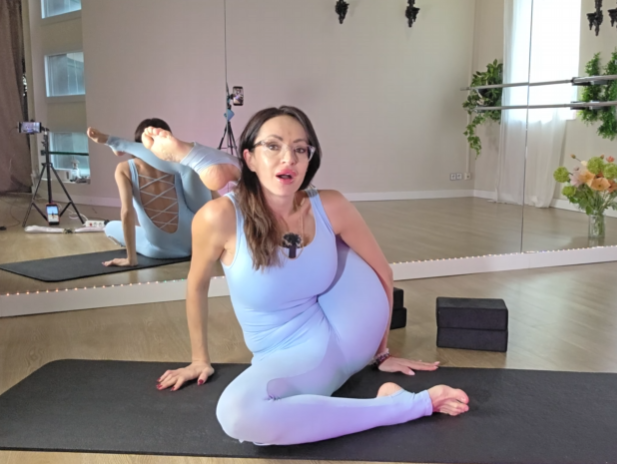
Eka Pada Sirsasana—often called One Leg Behind the Head Pose—is one of the most iconic, demanding, and transformative postures in the world of yoga, especially within the Ashtanga tradition. At first glance, it can look almost impossible: a practitioner sitting calmly with one leg wrapped effortlessly behind their head, spine long, face serene, breath steady.
But behind that elegant stillness is a journey—one that requires patience, preparation, discipline, and deep listening to the body.
If you’ve ever wondered how yogis reach this level of openness, or if you’ve dreamed of safely working toward the pose yourself, this guide will take you through the path step by step. From warm-ups and technique to emotional awareness and common mistakes, here is everything you need to know to begin exploring Eka Pada Sirsasana.
Understanding the Pose: What It Really Means
In Sanskrit, Eka means “one,” Pada means “foot or leg,” and Sirsasana means “head pose.” Together, Eka Pada Sirsasana represents a posture where one leg is placed behind the head while the practitioner maintains an upright seated position.
It symbolizes:
- Deep hip opening
- Forward-fold flexibility
- Spinal resilience
- Inner stillness
- Advanced body awareness
It is not just a stretch—it is a conversation with the hips, hamstrings, shoulders, and breath. This pose teaches surrender more than force, and patience more than strength.
Before You Attempt the Pose: Foundations Matter
Ashtanga yoga emphasizes gradual progression. Eka Pada Sirsasana is traditionally introduced once a student has already established:
- Strong hamstrings and open hips
- A flexible spine
- Steadiness in seated forward folds
- Experience with lotus and half-lotus positions
- Breath control (Ujjayi breathing)
- Calm nervous system regulation
Rushing into this posture can lead to injury. Instead, respect the journey and build slowly.
Step 1: Warm the Body Deeply
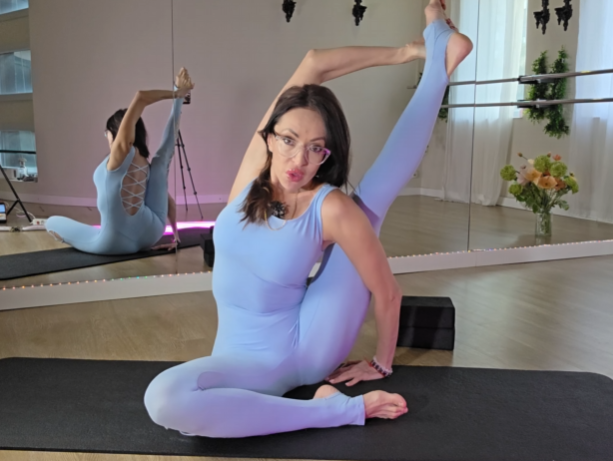
Because Eka Pada Sirsasana requires deep external hip rotation, hamstring length, and lower-back mobility, your warm-up is crucial. Here are essential preparatory postures:
1. Sun Salutations (Surya Namaskar A & B)
These generate heat, warm the spine, and activate the hips.
2. Forward Folds
- Paschimottanasana
- Janu Sirsasana (A, B, C)
These lengthen the hamstrings and teach the body to release into deep folding.
3. Hip Openers
- Pigeon Pose (Eka Pada Rajakapotasana prep)
- Butterfly (Baddha Konasana)
- Half-Lotus practice
These loosen the hip joint safely.
4. Core and Lower Back Activation
You need strength to lift and position the leg without collapsing the spine.
Light core work (boat pose, leg lifts, gentle backbends) prepares the body.
A warm body is a forgiving body. Never try this pose while cold.
Step 2: Preparing the Leg Position
Sit on your mat in a comfortable cross-legged position.
Gently stretch one leg forward—this is the leg you will lift behind your head.
1. Cradle the Leg
Hold your shin like a baby:
- One arm under the calf
- The other supporting the foot
- Keep the spine tall
Gently rock the leg in your arms to loosen the hip joint.
You should feel openness, not pain.
2. Lift the Leg Higher
Slide your foot closer to your opposite shoulder.
This teaches the hip to rotate externally.
You may slowly guide your foot toward your ear or behind your shoulder.
Your back stays straight—avoid rounding too much.
This stage may take weeks or months, depending on flexibility.
Step 3: Bringing the Leg Behind the Head
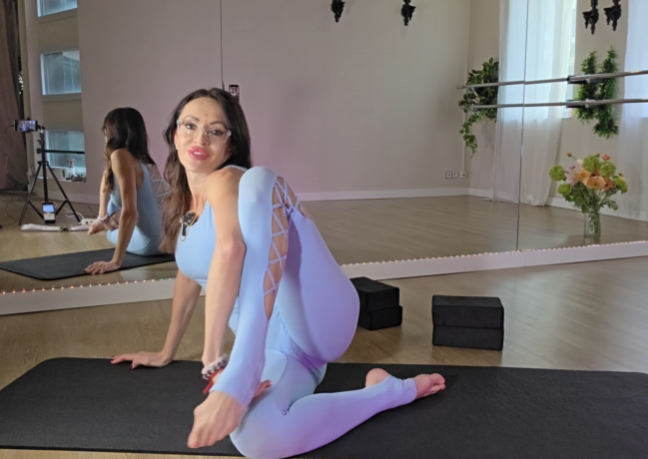
When the hip socket feels open and the foot reaches shoulder level comfortably, you can begin the transition.
1. Use Both Hands
Hold the foot with one hand and the knee with the other.
Your knee should angle downward—not sideways—protecting the joint.
2. Lean Forward Slightly
This creates space for the leg to move behind the head.
3. Slide the Foot Behind the Skull
Place it gently on the base of the neck, not on the top of the head.
Do not push it forcefully.
Let the hip guide the movement.
4. Lift the Chest Again
Once the foot is behind the head:
- Lengthen the spine
- Draw the shoulders back
- Engage the core
This upright posture is what makes the pose powerful—and safe.
Step 4: Finding Balance in the Final Pose
Once the leg is secure behind your head:
Bring the Hands to Prayer (Anjali Mudra)
This tests whether your body has accepted the posture.
Breathe Deep Ujjayi Breaths
If the breath becomes strained, back off.
Your breath is the truth-teller.
Check the Weight Distribution
The leg should rest, not press heavily.
Your neck should feel long, not compressed.
The goal is ease—not endurance.
What If You Can’t Get the Leg Behind Your Head Yet?
You are not alone. Most practitioners need months or years.
Instead of forcing the final posture:
- Practice leg-behind-shoulder variations
- Work on hip-openers regularly
- Strengthen your core
- Deepen forward folds
- Use props like cushions under the hips
- Celebrate small progress
Every inch of openness counts.
Common Mistakes and How to Avoid Them
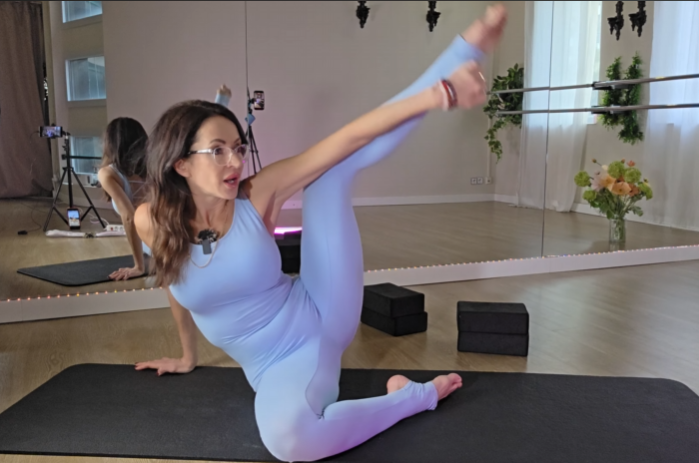
1. Forcing the Knee Joint
The knee is NOT meant to rotate deeply.
The hip must do the work.
If your knee hurts, stop immediately.
2. Rounding the Back Too Much
While some rounding is natural, collapsing can strain the spine.
Keep lifting through the chest.
3. Holding the Breath
Breath must remain slow and steady.
If you can’t breathe, you’re pushing too far.
4. Comparing Yourself to Others
Bodies are different.
Hip structures vary naturally.
You are working with your anatomy, not someone else’s.
Mental and Emotional Aspects of the Pose
Eka Pada Sirsasana teaches more than flexibility.
It teaches:
- Patience
- Surrender
- Body awareness
- Humility
- Consistency
- Letting go of perfection
As the leg settles behind your head, you realize this pose isn’t conquered—it’s earned through softness, not struggle.
Many practitioners feel emotional release while practicing deep hip-openers. The hips hold tension, memories, and stress. Letting them open creates space not only in the body but also in the heart.
Counterposes: Always End Safely
After practicing this deep posture, balance your body with:
- Gentle backbends (Bridge Pose, Cobra)
- Spinal twists
- Light hip closers
- Forward folds with both legs straight
This resets the joints and muscles.
Your Journey is the Real Yoga
Eka Pada Sirsasana is not a measure of skill—it is a measure of connection.
You learn to listen to your body, move slowly, and breathe deeply through resistance.
Some days you’ll feel open.
Some days you’ll feel stuck.
But every day you practice, you move closer—not just to the pose, but to yourself.
The leg behind the head is only the shape.
The meaning lies in the discipline, the resilience, and the quiet courage it takes to return to the mat again and again.
And when one day the leg finally settles behind your head, you’ll smile—not because the pose is perfect, but because you are present, patient, and strong in the ways that matter most.
That is the true heart of Ashtanga Yoga.
